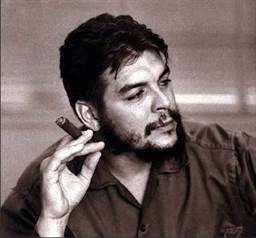los diablos Tejanos
https://search.brave.com/search?q=lo...source=desktop
- Redhot1960
- 02-04-2023, 03:23 PM
- Bushjumper
- 02-05-2023, 06:11 AM
I saw this on Tube a few days ago. It has my stamp of approval. And I have a BA in history.
- Redhot1960
- 02-10-2023, 03:39 PM
- Bushjumper
- 02-12-2023, 05:01 PM
Excellent video Mr. Redhot 1960!
- Redhot1960
- 06-08-2023, 04:03 PM
Legendary Texas Ranger Jack Hays leads a band of Texas Rangers and Mexican citizens in pursuit of a Comanche raiding party that has been terrorizing the city of San Antonio. What follows is a ruthless, bloody fight to the finish.
- Redhot1960
- 06-18-2023, 04:42 PM
- eccieuser9500
- 07-16-2023, 08:04 AM
HUNDREDS GATHER TO
REMEMBER THE 1966
TEXAS FARMWORKERS’
MARCH
REMEMBER THE 1966
TEXAS FARMWORKERS’
MARCH
https://www.texasobserver.org/la-mar...mbered-austin/
The original march was a blistering, 491-mile trek from Rio Grande City to Austin that began as a strike in the melon fields of Starr County. At the time, the mostly Mexican-American farmworkers picked crops in the hot South Texas sun — often without sufficient drinking water or a place to use the bathroom — for between 40 cents to 60 cents an hour, far below the $1.25 minimum wage that applied to most other laborers.
As the Observer documented at the time: With assistance from the United Farm Workers, the melon pickers struck in the fields of Starr County on June 1, 1966. As the strikers faced arrests and physical assaults from the Texas Rangers, plus the approach of the late-summer months — when many workers would migrate elsewhere for another harvest — the strikers decided to switch tactics, launching a march to the Capitol to keep attention on their struggle. They now called on then-Governor John Connally to meet with them and call a special session of the Legislature in order to establish a $1.25 minimum wage for all Texas workers.
Guadalupe Guzman, Romeo Garza, Daria Vera, Thelma Carrera and Efrain Carrera, all farmworkers who marched from Starr County in 1966.
Among them, Guzman was the only one to walk all 491 miles without taking a break from the march. Now 78 years old, she told the Observer, she still recalls support for la huelga — the strike. “I remember people we would pass yelling ‘ˇviva la huelga!’, and I remember people crying.” During Sunday’s march, she took a car most of the way.
Guzman’s son, Romeo Garza, also present on Sunday, was 6 at the time of the 1966 march, and he recalls protesting outside a jail in Starr County where organizers were detained by the Texas Rangers.

- eccieuser9500
- 07-16-2023, 08:21 AM